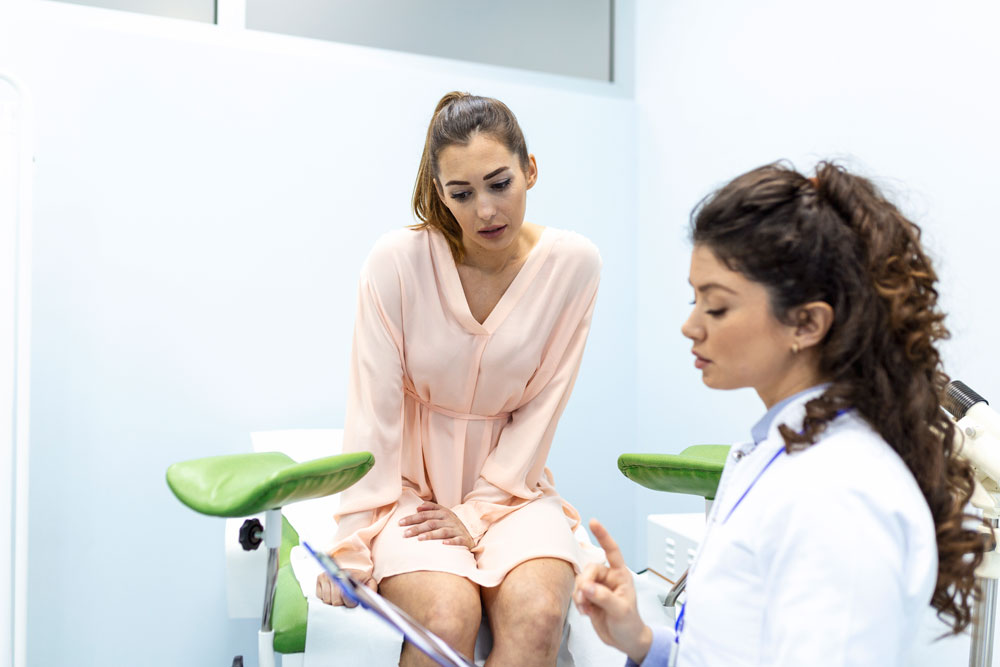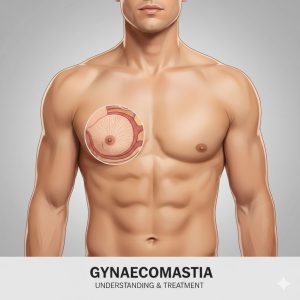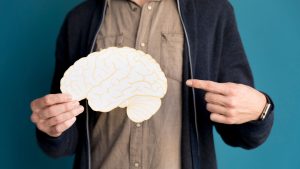Endometriosis is a chronic gynecological condition that affects millions of women worldwide—yet it often goes undiagnosed for years. It occurs when tissue similar to the lining of the uterus (endometrium) grows outside the uterus, most commonly on the ovaries, fallopian tubes, and pelvic lining.
What Is Endometriosis ?
In a normal menstrual cycle, the endometrial lining inside the uterus thickens, breaks down, and exits the body through menstruation. In endometriosis, this tissue growing outside the uterus behaves the same way—but has no way to leave the body. This leads to inflammation, pain, scar formation, and sometimes cysts (endometriomas).
Common Symptoms
- Endometriosis symptoms vary, and some women may be asymptomatic. However, the most common complaints include:
- Painful periods (dysmenorrhea)
- Chronic pelvic pain
- Pain during intercourse
- Pain with bowel movements or urination (especially during periods)
- Heavy or irregular periods
- Infertility
Who Is at Risk ?
- While the exact cause is unclear, risk factors may include:
- Early onset of menstruation
- Family history of endometriosis
- Short menstrual cycles or heavy bleeding
- Delayed childbearing
How Is It Diagnosed ?
- Diagnosis can be challenging and often delayed. It involves:
- Detailed medical history and pelvic examination
- Ultrasound or MRI (to detect endometriomas or other pelvic pathology)
- Diagnostic laparoscopy – a minimally invasive procedure that confirms the diagnosis and allows for biopsy and treatment
How Is Endometriosis Treated?
Treatment is tailored to the woman’s symptoms, age, fertility goals, and disease severity.
1 . Medical Management
Pain relief: NSAIDs
Hormonal therapies to suppress endometrial tissue growth:
2. Surgical Treatment
Fertility enhancing endoscopic surgery
Laparoscopic excision or ablation of endometrial implants
Removal of cysts or adhesions
Hysterectomy (in severe, refractory cases and when childbearing is complete)
3. Fertility Management
Ovulation induction
Assisted reproductive techniques like IUI or IVF may be required in some cases
Endometriosis and Infertility
Endometriosis can affect fertility by causing inflammation, anatomical distortion, or poor egg quality. However, many women with endometriosis do conceive naturally or with assistance.
Living With Endometriosis
Endometriosis is a long-term condition that can affect quality of life, productivity, and mental well-being. Timely diagnosis, empathetic care, and a multidisciplinary approach are essential. Lifestyle changes, dietary support, and psychological counseling can be helpful additions to medical or surgical treatment.
Final Note from Our Team
We understand the physical and emotional toll endometriosis can take. Our dedicated team of gynecologists, fertility experts, and laparoscopic surgeons offer personalized care using the latest advances in diagnosis and treatment.
If you or someone you know is suffering from painful periods or unexplained pelvic pain, don’t ignore the symptoms. Help is available—and early intervention can make a big difference.
Dr. Rajani Vaidya
M.B.B.S, M S OBG, Fellowship in Minimal Access Surgery [FMAS] Diploma of Gynecological Robotics Surgery[AGRS] FALS [Robotic Surgery]
Consultant – Department of Obstetrics and Gynecology In charge, Minimally Invasive and Robotic Gynecologic Surgery.














